Neel Kashkari, the newly appointed President of the Federal Reserve Bank of Minneapolis, is super-smart with extensive experience in the financial industry at Goldman Sachs and then running the government’s TARP program, but his call to break up the big banks misses the mark.
Sure, big banks, medium-sized banks and small banks all contributed to the devastating financial crisis, but so did the rating agencies and the state-regulated institutions (mostly small) that originated many of the bad mortgages. It was vital that regulation be strengthened to avoid a repetition of what happened – and it has been. There should never again be a situation where policymakers are faced with either bailing out failing institutions or letting them fail and seeing financial panic spread.
That’s why the Dodd-Frank Act gave the authorities a new tool to avoid that dilemma titled “Orderly Liquidation Authority,” which gives them the ability to fail a firm but sustain the key parts whose failure might cause financial instability. Kashkari thinks that the authorities will not want to exercise this option in a crisis because they will be fearful of the consequences of imposing heavy losses on the original owners of the largest banks. It’s a legitimate concern, but he underestimates the progress that has been made in making the orderly liquidation authority workable in practice. He also underestimates the determination of regulators not to bail out financial institutions from now on.
To make orderly liquidation operational, the Federal Deposit Insurance Corporation (FDIC) devised something called the “single point of entry” approach, or SPOE, which provides a way of dealing with large failing banks. The bank holding company is separated from the operating subsidiaries and takes with it all of the losses, which are then imposed on the shareholders and unsecured bond holders of the original holding company, and not on the creditors of the critical operating subs and not on taxpayers. The operating subsidiaries of the failing institution are placed into a new bank entity, and they are kept open and operating so that customers can still go into their bank branch or ATM and get their money, and the bank can still make loans to support household and business spending or the investment bank can continue to help businesses and households raise funds in securities markets. The largest banks also have foreign subsidiaries and these too would stay open to serve customers in Brazil or Mexico.
This innovative approach to failing banks is not magic, although it is hard for most people to understand. However, the reason that Kashkari and other knowledgeable officials have not embraced SPOE is that they believe the authorities will be hesitant to use it and will try to find ways around it. When a new crisis hits, the argument goes, government regulators will always bail out the big banks.
First, let’s get the facts straight about the recent crisis. The government did step in to protect the customers of banks of all sizes as well as money market funds. In the process, they also protected most bondholders, and people who had lent money to the troubled institutions, including the creditors of Bear Stearns, a broker dealer, and AIG, an insurance company. This was done for a good reason because a collapse in the banking and financial system more broadly would have been even worse if markets stopped lending to them. Shareholders of banks and other systemically important institutions lost a lot of money in the crisis, as they should have. The CEOs lost their jobs, as they should have (although not their bonuses). Most bondholders were protected because it was an unfortunate necessity.
As a result of Dodd-Frank rules the situation is different now from what it was in 2007. Banks are required to hold much more capital, meaning that there is more shareholder equity in the banks. In addition, banks must hold long-term unsecured debt, bonds that essentially become a form of equity in the event of a bank failure. It is being made clear to markets that this form of lending to banks will be subject to losses in the event the bank fails—unlike in 2008. Under the new rules, both the owners of the shares of big banks and the holders of their unsecured bonds have a lot to lose if the bank fails, providing market discipline and a buffer that makes it very unlikely indeed that taxpayers would be on the hook for losses.
The tricky part is to understand the situation facing the operating subsidiaries of the bank holding company — the parts that are placed into a new bank entity and remain open for business. The subsidiaries may in fact be the part of the bank that caused it to fail in the first place, perhaps by making bad loans or speculating on bad risks. Some of these subsidiaries may need to be broken off and allowed to fail along with the holding company—provided that can be done without risking spillover to the economy. Other parts may be sold separately or wound down in an orderly way. In fact the systemically important banks are required to submit “living wills” to the FDIC and the Federal Reserve that will enable the critical pieces of a failing bank to be separated from the rest.
It is possible that markets will be reluctant to lend money to the new entity but the key point is that this new entity will be solvent because the losses, wherever they originated, have been taken away and the new entities recapitalized by the creditors of the holding company that have been “bailed in.” Even if it proves necessary for the government to lend money to the newly formed bank entity, this can be done with reasonable assurance that the loans will be repaid with interest. Importantly, it can be done through the orderly liquidation authority and would not require Congress to pass another TARP, the very unpopular fund that was used to inject capital into failing institutions.
There are proposals to enhance the SPOE approach by creating a new chapter of the bankruptcy code, so that a judge would control the failure process for a big bank and this could ensure there is no government bailout. I support these efforts to use bankruptcy proceedings where possible, although I am doubtful if the courts could handle a severe crisis with multiple failures of global financial institutions. But regardless of whether failing financial institutions are resolved through judicial proceedings or through the intervention of the FDIC (as specified under Title II of Dodd-Frank) the new regulations guaranty that shareholders and unsecured bondholders bear the losses so that the parts of the firm that are essential for keeping financial services going in the economy are kept alive. That should assure the authorities that bankruptcy or resolution can be undertaken while keeping the economy relatively safe.
The Federal Reserve regulates the largest banks and it is making sure that the bigger the bank, the greater is the loss-absorbing buffer it must hold—and it will be making sure that systemically important nonbanks also have extra capital and can be resolved in an orderly manner. Once that process is complete, it can be left to the market to decide whether or not it pays to be a big bank. Regulators do not have to break up the banks or figure out how that would be done without disrupting the financial system.
Editor’s note: This piece originally appeared in Bloomberg Government.
The Brookings Institution is committed to quality, independence, and impact.
We are supported by a diverse array of funders. In line with our values and policies, each Brookings publication represents the sole views of its author(s).
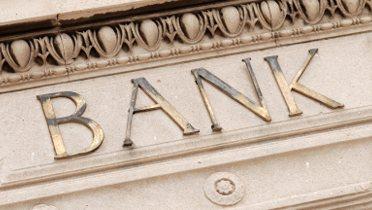
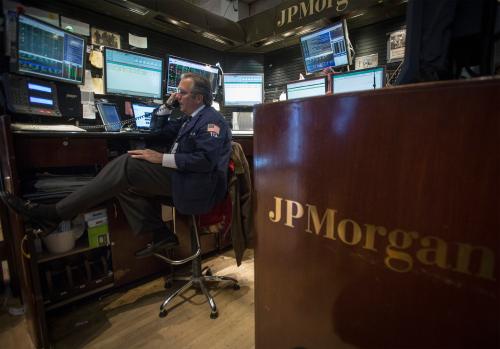
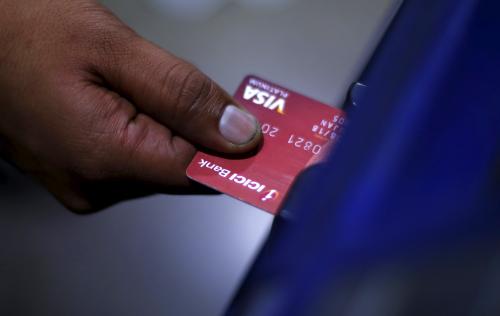
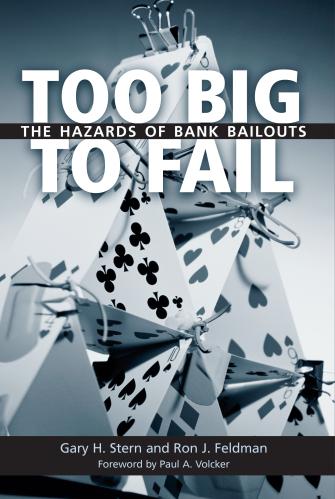

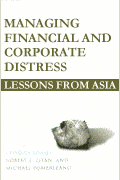



Commentary
Op-edBreak up the big banks? Not quite, here’s a better option.
February 24, 2016